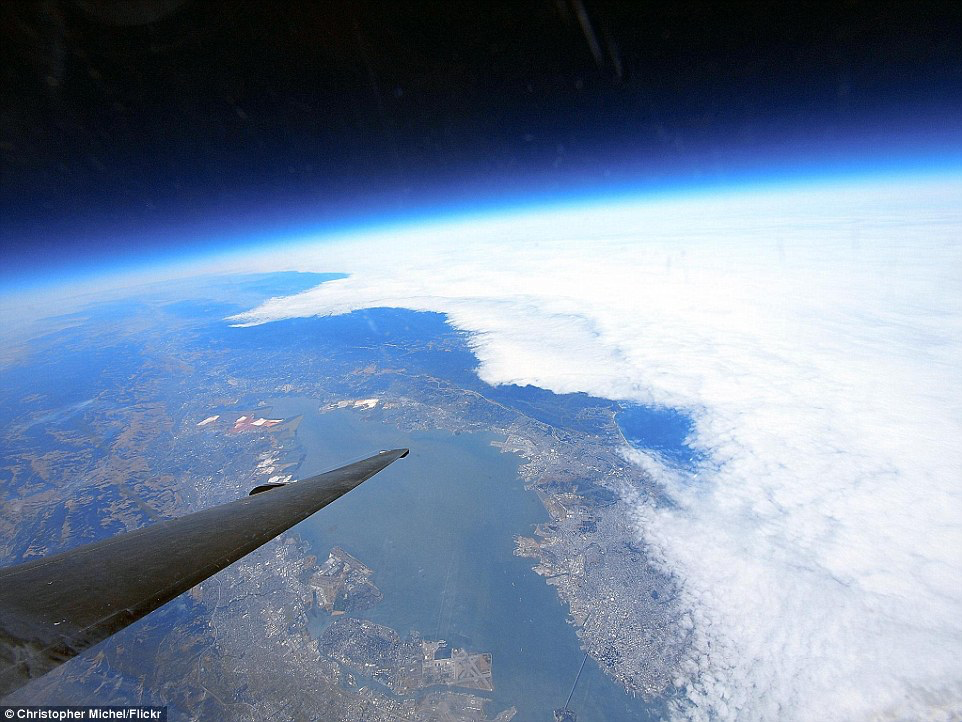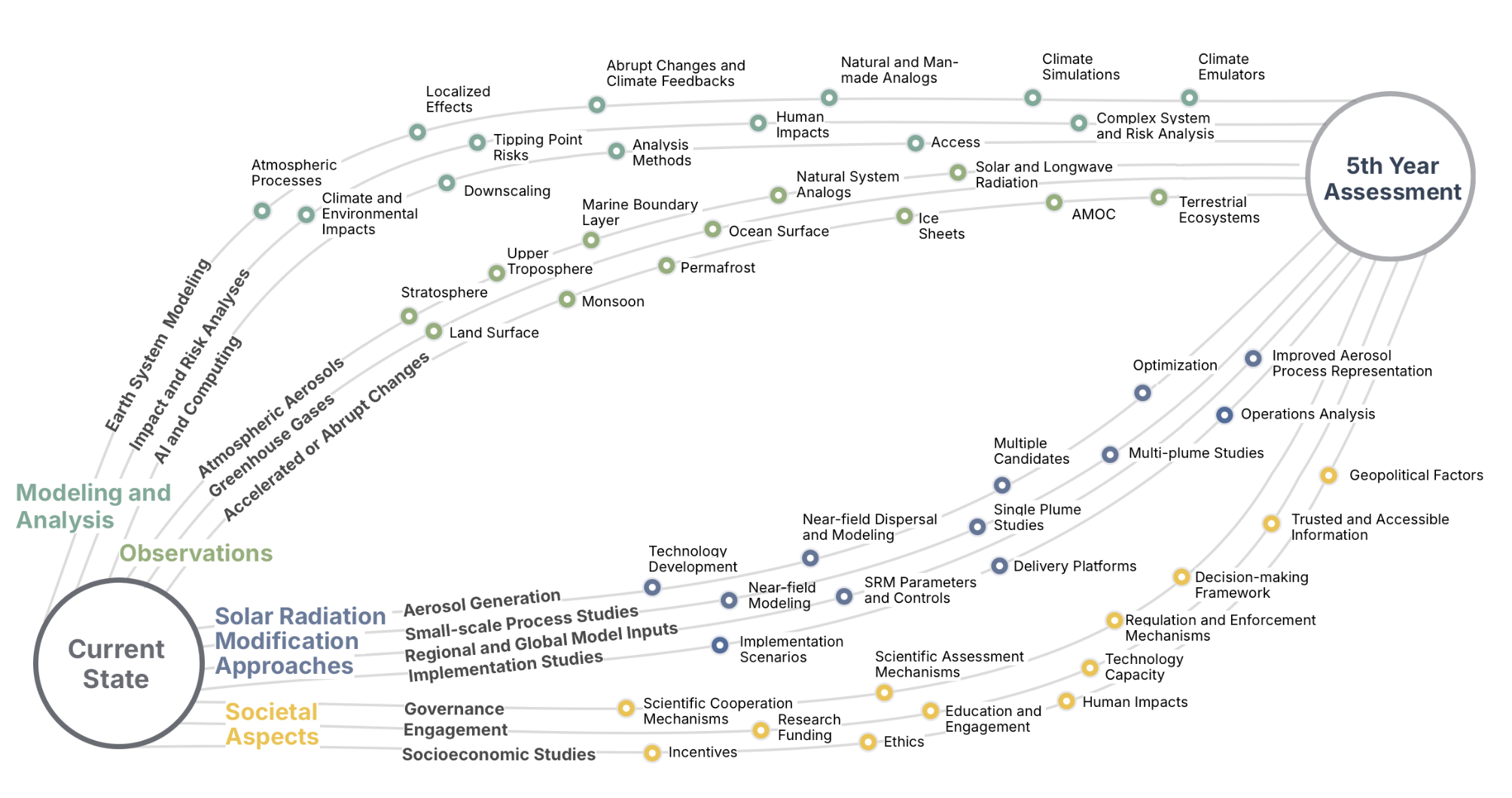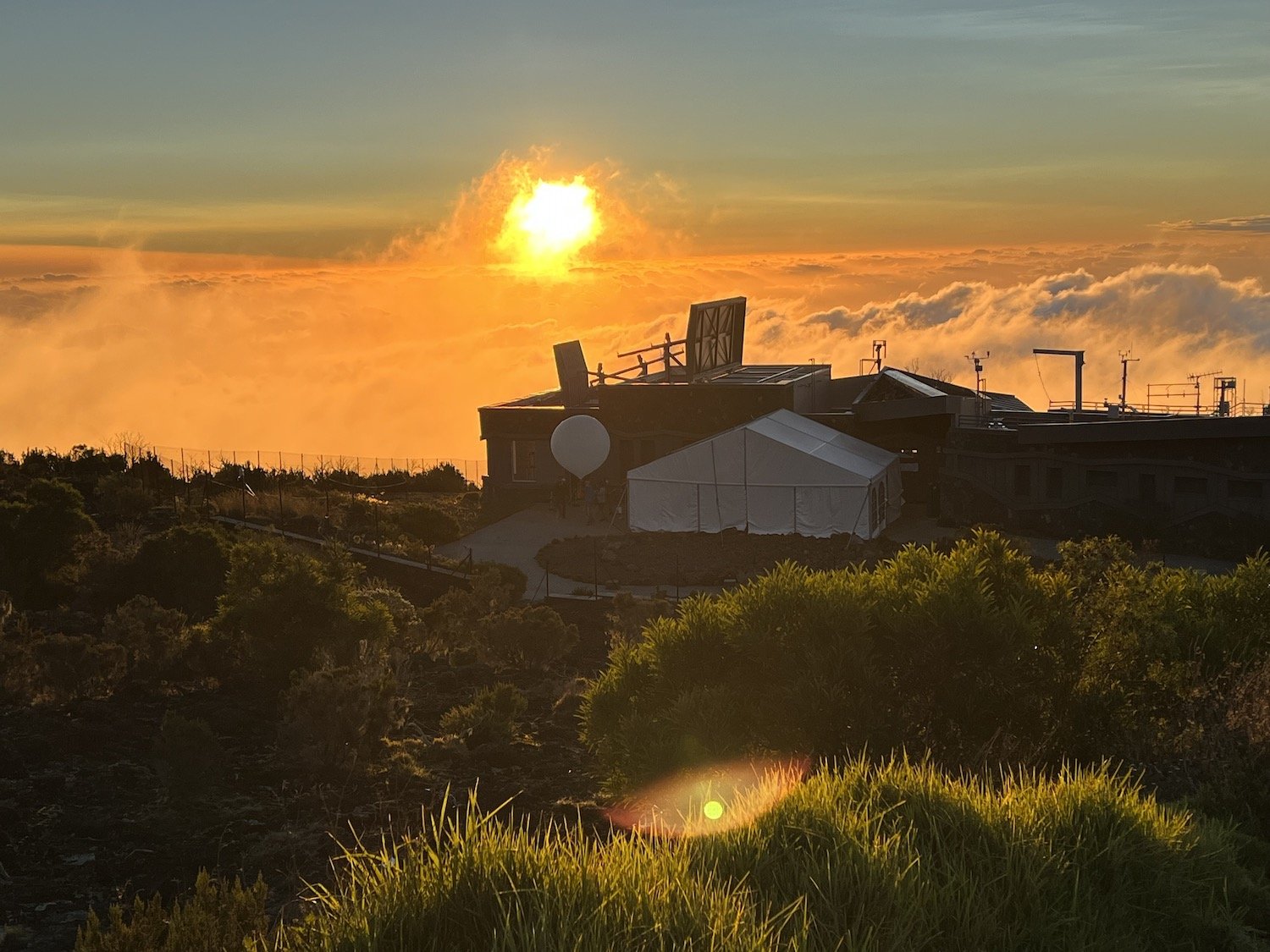Statement on the Biden Administration’s Plan to Develop a Next-Gen Satellite Climate Observing System
Statement of SilverLining’s Executive Director Kelly Wanser on the Biden Administration’s plan to develop a next-generation satellite observing system at NASA to help understand and track how climate change is impacting communities.
Photo courtesy of Christopher Michel
The recent announcement by President Biden is a promising step forward in the country’s preparedness to respond to near-term climate risks.
Natural disasters have enormous short-term costs and often produce long-term losses such as industrial and geographical shifts, misplaced investments, and failed recovery. The human cost is harder to measure, but staggering, both in terms of direct suffering and loss of life. Our inability to better understand and prepare for these risks has led to increased anxiety and lack of confidence experienced by broad swaths of the public.
Modernizing and expanding U.S. infrastructure for observation of climate and weather to help government, communities, and businesses prepare for as well as better respond to weather and climate-related natural disasters is one of the highest return areas of investment available in federal spending. Even incremental improvements in weather and climate forecasts and predictions can result in better preparations, investments, and policies that save countless lives, livelihoods, and dollars.
Satellites are an extraordinary tool for broad observation of the planet, particularly those things that can be observed in visible, and related, spectrums of light from space. There are, however, critical features of the atmosphere and surface that are hard, and even impossible, to capture from satellites in space, including the specific concentrations and distribution of gases and particles in the atmosphere that are critical to improving weather and climate predictions. Clouds also interfere with satellite observations. And from above, the vertical position of atmospheric content often cannot be adequately ascertained. This means that satellite observations can provide only part of the data that is needed for managing weather and climate-related risks and monitoring greenhouse gas emissions from the full range of human and natural sources.
In order to reach the Biden Administration's goal of improving the nation’s ability to predict and respond to climate-linked natural disasters, the Administration and Congress should consider key investments in surface and aerial observation infrastructure. These include a network of instruments for measuring greenhouse gases and particles from commercial aircraft, unmanned remote platforms for measuring remote regions of the stratosphere, coverage of key areas of the ocean surface for atmospheric monitoring and the expansion of sophisticated ground stations. Some of these investments may be part of an overall NASA effort, while others are part of highly successful, but under-invested efforts in agencies including the National Oceanic and Atmospheric Administration (NOAA) and U.S. Department of Energy (DOE).
These expanded capabilities would serve the dual purpose of improving our ability to respond to climate change, well beyond the threshold of capability of satellite observations alone, and of fully realizing the value of climate-related satellite investments.
If you're interested, you can read SilverLining's full discussion on these critical, related investments here.




